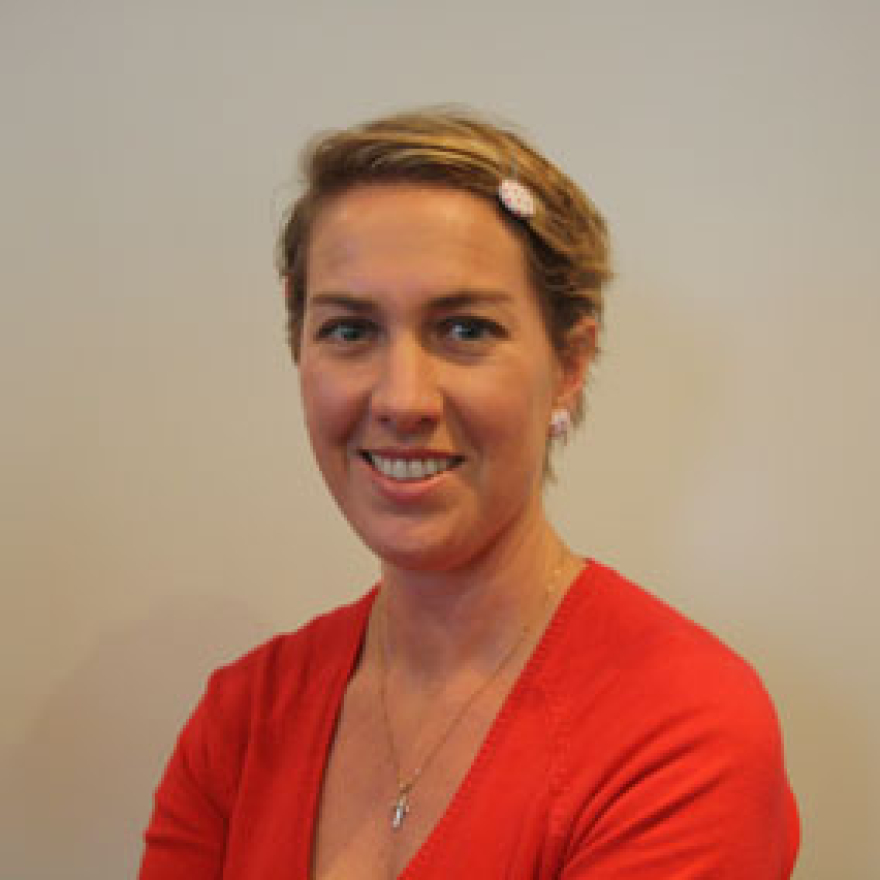Trachoma is the world’s leading infectious eye disease, caused by infection with the chlamydia trachomatis bacteria. Repeated infections of C. trachomatis, particularly in children may lead to scarring of the eyelid, causing it to contract and distort, leading to the eyelashes turning inwards, trichiasis, and scratching of the surface of the cornea, which may lead to irreversible blindness. Australia is the only high-income country with endemic trachoma, primarily in remote and very remote Indigenous communities in the NT, SA, and WA. Australia is committed to eliminating trachoma as a public health problem.
Trachoma control programs in Australia are guided by national guidelines based on the WHO SAFE strategy. The SAFE acronym highlights the key components of the strategy, which are:
- Surgery for trichiasis,
- Antibiotic treatment regimens via the use of azithromycin at the individual, household or community levels,
- and the promotion of facial cleanliness and environmental improvements.
The strategy is designed to be implemented within a community health framework to ensure consistency and continuity of approach in the required screening, control measures, data collection and reporting, as well as building community capacity.
Trachoma control activities focus on communities designated as at-risk. Data collected at the community level, are completed and forwarded to the National Trachoma Surveillance and Reporting Unit for analysis and reporting. This includes the number of:
- Indigenous children screened for clean faces and the number with clean faces, by age group
- Indigenous children screened for trachoma and the number with trachoma, by age group
- Episodes of treatment for trachoma, and treatment strategies
- Indigenous adults screened for trichiasis, with trichiasis, and had surgery for trichiasis
- Health promotion and environmental improvement activities.
- In 2022 Australia reached World Health Organization (WHO) benchmarks for elimination of trachoma as a public health problem, defined as: trachomatous inflammation-follicular (active trachoma) prevalence <5% in children and trichiasis (severe advanced disease) prevalence ‘previously unknown to the health system’ <0.2% in persons 15+ years. Australia must maintain these levels in each formerly endemic evaluation unit (state/territory) for a further two years before being eligible to apply for validation of elimination as a public health problem.
- There were 88 communities considered currently at risk of trachoma in 2023. Since 2014, the number of communities at risk of trachoma has fallen by 45% in NT (78 in 2014 to 43 in 2023), 48% in SA (21 in 2014 to 11 in 2023) and 50% in WA (68 in 2014 to 34 in 2023).
- Overall trachoma prevalence, which includes estimates from all communities ever considered at-risk, remained below 5% in 2023 at 2.3% in NT, 0% in SA, 1.6% in WA.
- Trachomatous trichiasis (TT) ‘previously unknown to the health system’ was reported in screened populations at a rate of 0.01% in NT, 0% in SA and 0.2% in WA. Estimates derived from screening predominately aligned to current endemic regions are likely to over-estimate the true population level prevalence of TT in Australian jurisdictions, as the broader First Nations population does not have the same exposure risk.
- If these trends continue, Australia is on track to eliminate trachoma as a public health problem, by 2025.
- Trachoma however remains a health issue in some remote First Nations communities, with nearly one-quarter of communities screened in 2023 reporting endemic or hyper endemic trachoma. This indicates a strong post-elimination plan, led by First Nations communities and community-controlled organisations, will be critical to sustaining elimination.
Australia is on track achieve the elimination of trachoma as a public health problem by 2025. For progress to be maintained, efforts are needed to sustainably address known environmental risk-factors, ensure surveillance methods can identify and respond to areas with ongoing need and potential recrudescence, and maintain TT surgery pathways. Principles of local ownership and accountability to Indigenous communities must underpin post-elimination strategies developed.
National Trachoma Surveillance and Control Reference Group; First Nations Health Division, Australian Government Department of Health and Aged Care; Population Health Unit, Western NSW Local Health District; Aboriginal Medical Services Alliance Northern Territory and affiliates; Public Health Unit, Central Australia Health Service, Northern Territory Department of Health; Primary Health Care (Outreach/Remote), Central Australia Health Service, Northern Territory Department of Health; Indigenous Eye Health Unit, The University of Melbourne; Aboriginal Health Council of South Australia and affiliates; Eyre and Far North Local Health Network, SA Health; Communicable Diseases Branch, Queensland Health; WA State Trachoma Reference Group; Aboriginal Health Council of Western Australia and affiliates; Communicable Disease Control Directorate, Department of Health WA; Environmental Health Directorate, Department of Health WA; Goldfields Population Health Unit, WA Country Health Service; Kimberley Population Health Unit, WA Country Health Service; Midwest Population Health Unit, WA Country Health Service; Pilbara Population Health Unit, WA Country Health Service.
Australian Government Department of Health and Aged Care.

